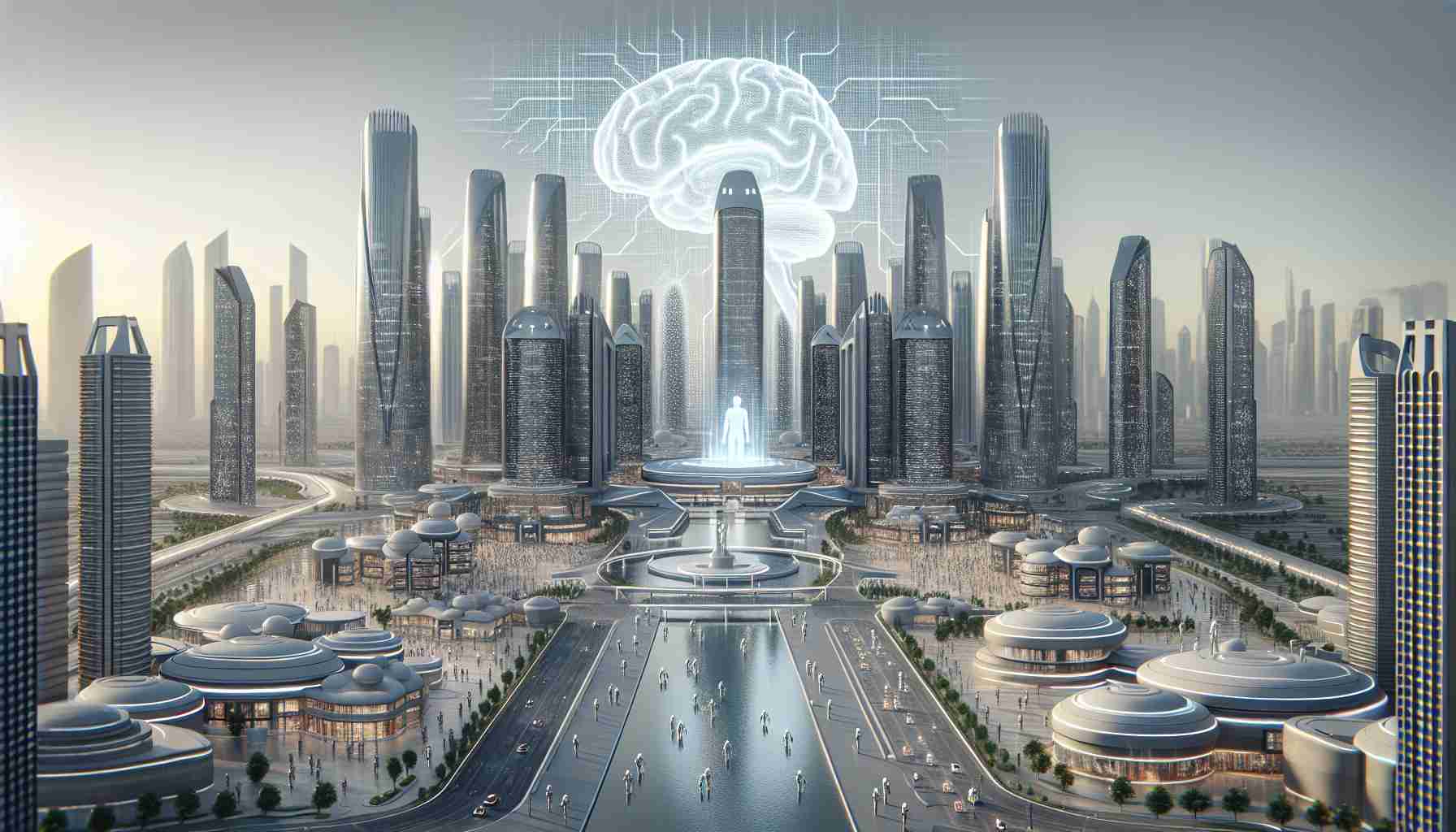Artificial intelligence, once hailed as a groundbreaking development that would revolutionize the world, is now facing criticism for its potential to create a homogenous and boring information landscape. While the concept of AI has been around for decades, recent advances in technology have brought us closer to the reality of machines that can reason and think like humans.
However, the rise of AI-generated content, whether it be text or images, raises concern among researchers and critics. These new AI models, such as ChatGPT, have the ability to generate vast amounts of information. But what if this flood of content leads to a world of conformity and blandness, rather than diversity and richness?
One of the primary concerns is the feedback loop created by these AI models. The output generated by the models is fed back into the training data, which shapes their future responses. This cannibalistic process has sparked comparisons to ancient mythology’s Ouroboros, the snake that devoured its own tail, or the genetic deformities and ill health caused by in-breeding in the Spanish monarchy.
Nicholas Naseem Taleb, a best-selling author, warns that AI could become a “self-licking lollipop” – an entity that exists solely to serve itself. If AI is allowed to reinforce its own knowledge and become self-perpetuating, it could potentially produce content that lacks purpose or originality.
Already, early signs of this phenomenon are emerging. AI is even starting to poison its own food supply, as new models write computer code that produces worse results than expected. The fear is that AI, instead of stimulating new ideas and perspectives, will extinguish creativity and result in a world of repetitive and mediocre content.
The history of AI has been intertwined with showmanship and exaggeration, with the term itself coined to secure funding for a summer study. But as the technology progresses, we must ask ourselves how AI will shape the world. Will it truly foster global unity and peace, like the World Brain envisioned by HG Wells? Or will it lead us down a path of homogeneity and sameness?
As AI continues to evolve, it’s vital that we consider the consequences of its influence on our information landscape. Striking a balance between technological advancement and maintaining diversity and originality is crucial to avoid a future of informational conformity. Only then can AI truly fulfill its potential to enhance and enrich our lives, rather than diminish the richness of our collective knowledge.
FAQ Section:
1. What concerns are raised about AI-generated content?
– Critics and researchers are concerned that AI-generated content could lead to a homogenous and boring information landscape.
2. How do AI models create a feedback loop?
– The output generated by AI models is fed back into their training data, shaping their future responses.
3. What comparison is made to describe this cannibalistic process?
– The feedback loop in AI models is compared to the Ouroboros, a snake from ancient mythology that devoured its own tail.
4. What warning does author Nicholas Naseem Taleb give about AI?
– Taleb warns that AI could become a “self-licking lollipop,” serving itself and potentially lacking purpose or originality.
5. In what way has AI already shown signs of this phenomenon?
– AI models have started to write computer code that produces worse results than expected, potentially poisoning its own food supply.
6. What is the concern about AI and creativity?
– The fear is that AI could extinguish creativity and result in a world of repetitive and mediocre content instead of stimulating new ideas and perspectives.
7. What is the history of AI and showmanship?
– The history of AI has been intertwined with showmanship and exaggeration, with the term itself coined to secure funding for a summer study.
8. What is the importance of striking a balance with AI?
– It is crucial to strike a balance between technological advancement and maintaining diversity and originality in order to avoid a future of informational conformity.
Key Terms/Jargon:
1. AI (Artificial Intelligence) – The simulation of human intelligence in machines that are programmed to think and learn like humans.
2. ChatGPT – An AI model that generates text and facilitates conversation.
3. Feedback Loop – The process in which the output of a system is fed back into the system as input, influencing future responses.
4. Ouroboros – In ancient mythology, a snake depicted eating its own tail, symbolizing cyclicality or self-sufficiency.
5. Homogeneity – Lack of diversity or variation; similarity or sameness.
6. Sameness – Lack of difference or distinction; similarity.
Suggested Related Links:
1. World Brain – HG Wells’ concept of a global information network that unifies knowledge for the benefit of humanity.
2. Why AI Needs Even More Human Creativity – An article exploring the importance of human creativity in the development and application of AI.
The source of the article is from the blog japan-pc.jp

